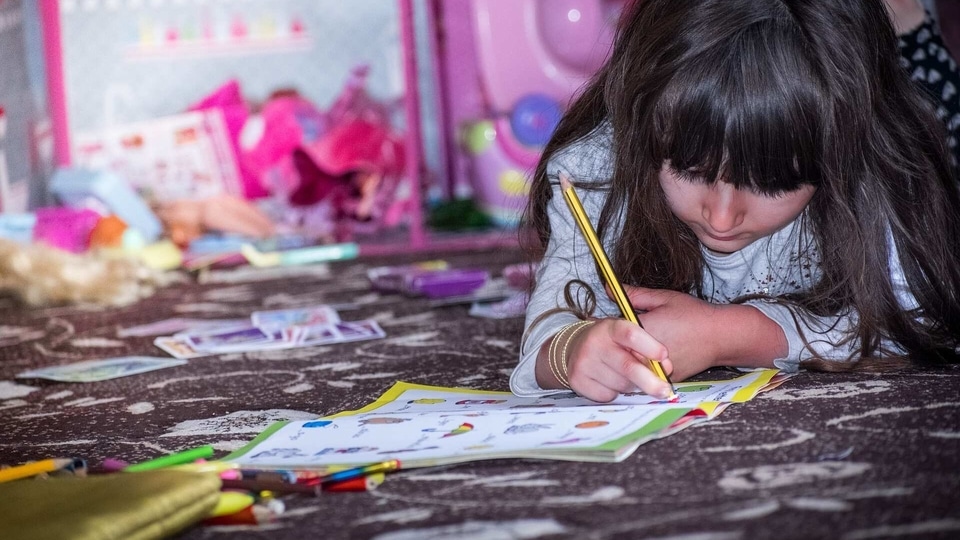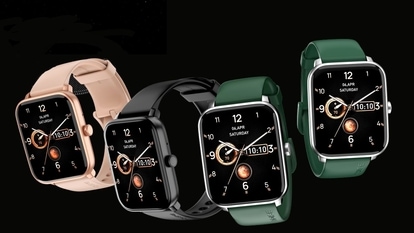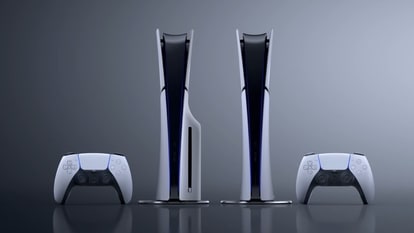The evolution of tech in toys: From play to playful learning
From a cursory glance at the scope of the role of toys may seem narrow, merely an avenue to channel the abundant energy of children, however a deeper look reveals a different picture.

India has one of the largest young populations in the world. Indian toy industry is still at the budding stage with a vast consumer base of a 500-million strong young population. According to IMARC, a research platform, it is estimated that the Indian toy industry is worth over ₹10,000 crore. In the last few years, there has been a shift from conventional toys to innovative toys which calls for manufacturing of creative and educational toys.
Recently, the Government of India's Toy Fair was held with is aimed at bringing the government and the industry together to find out a way to make India the next global hub for the production and sourcing of toys, because, currently India imports toys worth over $600 million from China. The global toy industry is estimated to be around $90 billion, while the Indian toy market, at retail value, is only about $450 million.
It is said that playing is an essential part of a child's early development and toys are the most popular medium and symbol. From a cursory glance at the scope of the role of toys may seem narrow, merely an avenue to channel the abundant energy of children, however a deeper look reveals a different picture. Research reveals that children learn to use toys and props symbolically, develop consistent and extensive narratives, maintain rules and roles, and plan play scenarios from beginning to end thus learning complex skills of imagination, negotiation and problem solving in the process.
While children are rarely fussy about the toys they play with, parents are and should be clear about them. In fact, a lot of trends in the toy industry are driven by changing expectations of parents. There is a rising sense of FOMO (fear of missing out) in parents, so they look for opportunities to make playing more educational and learning oriented.
The world is moving towards STEM (science, technology, engineering, and mathematics). According to the National Science Foundation, it is predicted that 80% of the jobs created in the next decade will require some form of 21st-century skills or STEM skills. Research also shows that children develop an interest in STEM fields from an average age of eight.
Keeping the above facts in mind, here are a few trends changing the toy industry:
DIY kits and readymade toys
Creative play through toys help engage senses rather than theoretical learning. While readymade toys have been prevalent since ages, a recent report revealed that the global STEM toys market by revenue is expected to grow at a CAGR of 7% during the period 2020–2025.
The rationale behind an increasing number of parents now opting for STEM based toys or DIY kits is because these provide a practical, hands-on learning approach to students or kids. This helps them to grasp basic concepts in disciplines such as mathematics and science and imparts a holistic approach. DIY kits have aided the young minds to be creators of these toys rather than its mere consumers. Additionally, the hands-on learning model serves to inculcate various life skills attributes in the child such as confidence, persistence, problem solving and communication.
Next-gen technology and toys
A new paradigm of learning reveals that children learn best in an environment that is interactive. Hence next-gen technology learning tools took the place of blackboards, books, and homework. This allows them to learn critical thinking, statistics, creativity, and real time examples. Gamification of toys allows children to learn serious subjects by playing games. This method boosts a child's imagination and prepares them for the future. Next-gen technologies like AI, AR and VR are changing the learning landscape, allowing children to remain lifelong learners. In the process children learn while having fun without realizing how much they are learning.
The toy industry is witnessing an increasing demand for smart STEM toys using cloud-based artificial intelligence software platforms. They impart scientific temper, an essential skill that not only creates better prospects for a career in STEM fields but also helps is overall cognitive development.
Hyper-customisation
As opposed to a standard classic model of a toy wherein the child is the consumer, STEM and DIY kits and toys enable personalisation and creation, not only by the makers of the kits but by children themselves. In new age toys, the kids have to get their hands dirty; use their cognitive abilities to look at the various parts, envision what they want to create in their minds and bring their vision to life by bringing the different parts together.
Personalisation is not only sustainable but also channels the creativity of the child, to think outside the box, enables problem solving ability and gives them the confidence to create things and break the notion that ‘STEM/Science is hard'.
Lesser screen time
In a world that is going increasingly digital, one cannot underestimate the relevance of offline toys. Screens and electronics have become an indispensable part of children's lives, more so since the outbreak of the pandemic, making it crucial to have some time off the screen for rejuvenation of both eyes and the mind. Hence, parents today want toys that emphasize both physical activity and intellectual engagement. STEM toys will offer a balanced education and entertainment value to children and ensure healthy screen time for children.
Sustainability
The increased levels of mindfulness among people towards incorporating sustainable lifestyle is congruent with the growth in the sustainability practices in the global STEM toys market. As these toys enable personalisation, kids don't get bored of these toys easily because there are a myriad ways for them to construct something thus increasing their life span. With time, manufacturers, distributors, retailers, and buyers are paying attention to this concept. It is important to build sustainable products keeping the environment in mind. This in terms helps in reusability and lesser usage of plastics, making it safer for the child.
This article has been written by Pooja Goyal, COO & Co-founder of Avishkaar.
Catch all the Latest Tech News, Mobile News, Laptop News, Gaming news, Wearables News , How To News, also keep up with us on Whatsapp channel,Twitter, Facebook, Google News, and Instagram. For our latest videos, subscribe to our YouTube channel.


























